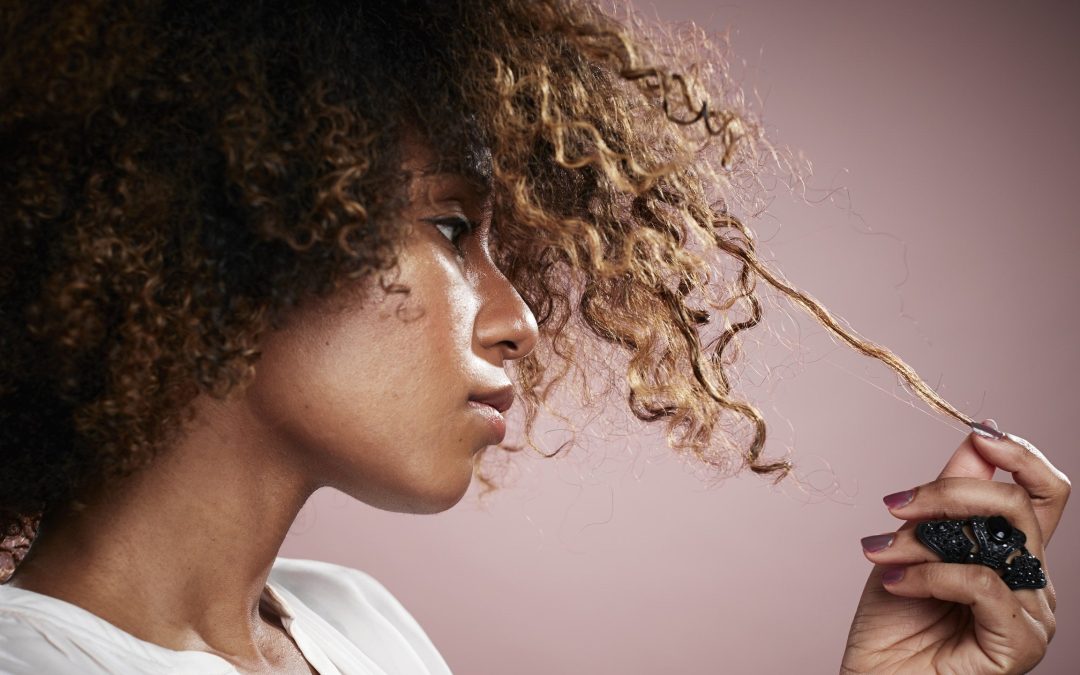Hair typing for African American hair tends to be such a mystery for most of us. I can’t tell you the number of times that we have had someone ask our team “What do you think my hair type is?” Now we want to demystify the hair typing system most used for African American hair as it is a good start to understanding your hair and therefore providing proper care.
Andre Walker Hair Typing System
Celebrity hairstylist Andre Walker introduced his typing system in his 1998 book Andre Talks Hair. Now it’s the unofficial standard within the Curly and Natural communities.
That’s because it’s solely based on hair texture. And that’s important to women with curly and textured hair who are battle-weary from personal and social pressures to manage their woolly, cottony and billowy manes in a society biased toward straight hair.
This hair typing system that best represents African American hair is the typing system using 4 main categories.
Types 1-4 with each type having its own level of a type from A B or C.
So what does this mean? It actually means the following:
Hair is divided into 4 main types:
Type 1 Straight
Type 2. Wavy
Type 3. Curly
Type 4. Coily or Kinky
Then, he adds subcategories — A, B, and C — to identify various curl patterns.
So fully straight hair (typically European, or Asian) may be defined has a Type 1A with the 1 representing that the hair is straight while the “A” represents how straight or the pattern found within the hair (if any).
If you were to take a strand of hair out of your head and view its texture you would be able to simply compare it to the following chart.
When African American hair is cared for the hair type can tend to change which is why you can get an African American male that has type 4 hair to brush his new growth and achieve a wave pattern.
You will also find the same result of women that care for there hair and keep it moisturized and ph balanced with products that help to maintain moisture.
Discovering Your Hair Type
Most women aren’t just one hair type. Through experience and observation, you may find sections of your hair differ in texture than others. For example, using Walker’s Hair Typing as a reference, a 3-inch wide section of my hair encircling my skull from my temples to my nape is 3c. My bangs — from both temples just before my crown — are 4b. My entire crown — the majority of my hair — is 4a.
So, don’t be rattled if you have weird hair. Most of us do. It’s what gives your hair its unique character.
Some of us who’ve lived a lifetime hiding our natural hair texture needs to be reintroduced to it. We must shake hands with our hair and have a conversation with it rather than dictate what we think it should do. So, take your time with this process.
It’s the beginning of a journey with your true hair … and yourself.
Sources:
“Andre Says,” http://andresays.andrewalkerhair.com/
“Decoding Hair Texture: Hair Typing Systems 101,” http://www.curlynikki.com/2012/08/decoding-hair-texture-hair-typing.html
“What is My Hair Type? The Andre Walker Typing System,” Black Hair Media, http://blackhairmedia.com/natural-hair/what-is-my-hair-type-the-andre-walker-typing-system/
“Hair Types: Hair Classification Systems,” http://healthyhairdimensions.com/?page_id=71

